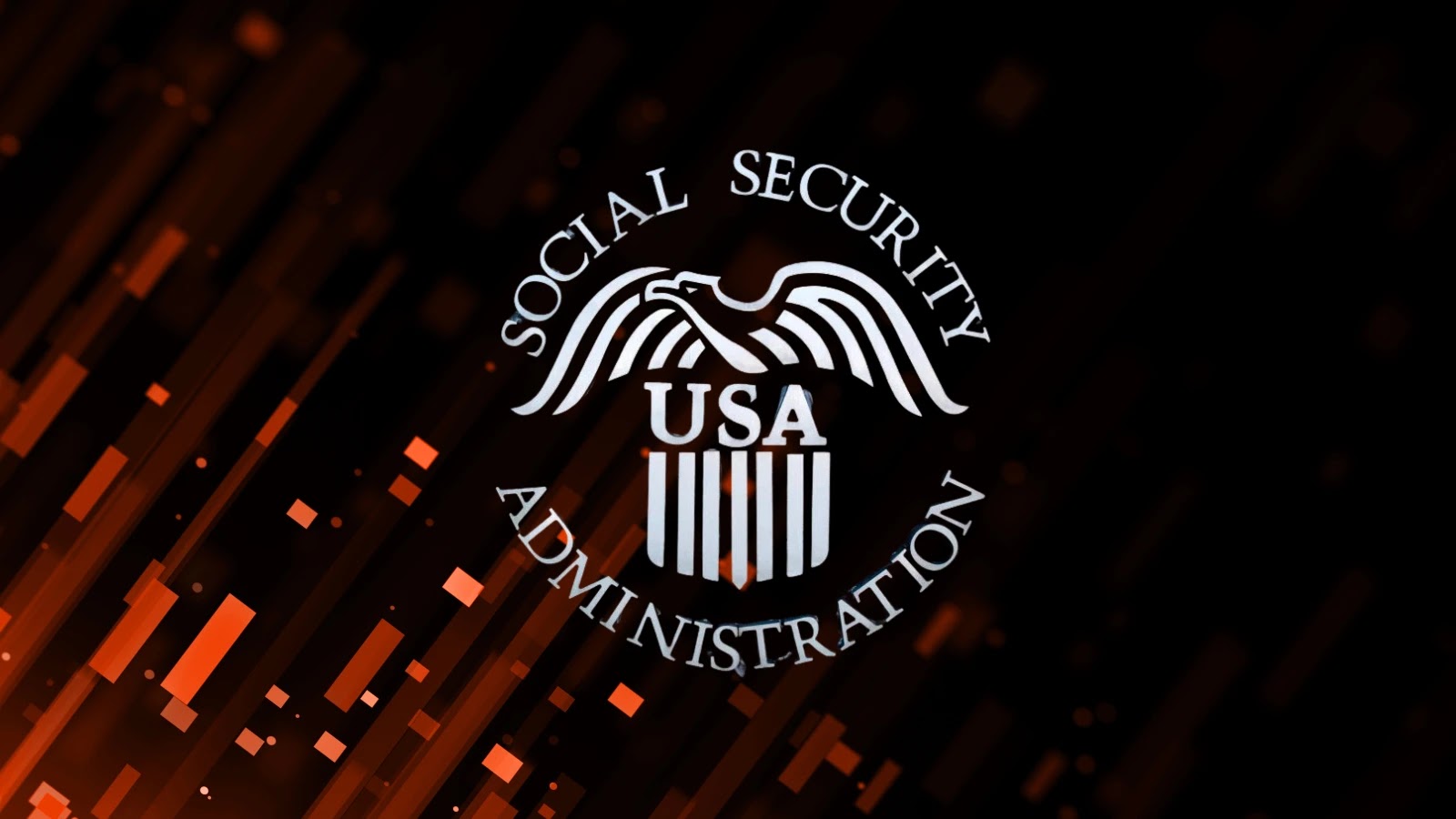
DOGE Accused of Mimicking Country’s Social Security Info in Unsecured Cloud
DOGE Accused of Copying Nation’s Social Security Data to Unsecured Cloud: A Crisis of Trust and Data Security
A recent whistleblower disclosure has sent shockwaves through the cybersecurity community and raised profound concerns among millions of Americans. The Department of Government Efficiency (DOGE), operating within the Social Security Administration (SSA), stands accused of creating a live, covert copy of the nation’s entire Social Security dataset and housing it in an unsecured cloud environment. This alleged act, if true, represents an unprecedented breach of trust and a catastrophic failure of data protection protocols. Chief Data Officer Charles Borges has reportedly warned that such an exposure could lead to severe identity theft for over 300 million Americans, underscoring the critical need for robust data governance and secure infrastructure.
This incident transcends a typical data breach; it highlights fundamental vulnerabilities in how critical government data is managed and secured. The implications extend far beyond immediate financial loss, touching upon national security, individual privacy, and the very foundation of public confidence in federal agencies.
The Allegations: Unsecured Cloud and Public Data
The core of the accusation is alarmingly straightforward: a full, active replica of the Social Security dataset – containing sensitive personal information for virtually every American citizen – was allegedly duplicated to a cloud environment lacking adequate security. “Unsecured cloud environment” is a phrase that should immediately trigger a high-alert response for any cybersecurity professional. It typically implies a lack of proper access controls, encryption, vulnerability management, and audit trails, making the data highly susceptible to unauthorized access, manipulation, or exfiltration by malicious actors.
The sheer scale of this alleged data exposure is staggering. With over 300 million Americans’ information at risk, the potential for widespread identity theft, financial fraud, and other nefarious activities is immense. This scenario underscores the immense responsibility associated with handling sensitive public data and the severe consequences of its mismanagement. The SSA, as a custodian of such vital information, is expected to adhere to the highest standards of data security, a standard this alleged incident profoundly undermines.
The Mechanism of Compromise Opportunity
While the specifics of how the cloud environment was “unsecured” are not fully detailed in the disclosure, typical vulnerabilities in such setups include:
- Misconfigured Cloud Storage Buckets: Often, cloud storage (like AWS S3 buckets or Azure Blob Storage) can be inadvertently left publicly accessible or with overly permissive permissions.
- Weak Access Controls: Inadequate authentication mechanisms, default credentials, or shared generic accounts can provide easy entry points.
- Lack of Encryption: Data stored without encryption (at rest and in transit) is readily readable if accessed.
- Unpatched Systems: Underlying operating systems or applications within the cloud environment might contain known vulnerabilities (e.g., CVE-2023-XXXXX – *Note: Placeholder as no specific CVE provided for this incident*), which could be exploited.
- Insider Threat: While not explicitly stated as the method of compromise, the whistleblower disclosure itself points to an internal breach of protocol, suggesting potential insider threats or negligence facilitating the creation of the unsecured copy.
The alleged creation of a live copy further exacerbates the risk. A “live copy” suggests continuous synchronization, meaning any changes or new data from the official dataset would also be replicated to the unsecured environment, perpetuating the exposure.
Identity Theft and Broader Ramifications
The primary concern highlighted by Chief Data Officer Borges is identity theft. With names, Social Security Numbers (SSNs), and potentially other personally identifiable information (PII) like dates of birth and addresses (common components of SSA data) exposed, malicious actors could:
- Open new lines of credit or loans.
- File fraudulent tax returns.
- Access existing financial accounts.
- Obtain government benefits in someone else’s name.
- Commit medical identity theft.
- Use the information for sophisticated phishing, vishing, or smishing attacks.
Beyond individual victims, such a pervasive data breach could destabilize trust in government institutions, challenge the very concept of secure digital services, and potentially even be leveraged by foreign adversaries for intelligence gathering or destabilization efforts.
Remediation Actions and Preventative Measures
Addressing an incident of this magnitude requires immediate, aggressive, and transparent action. For organizations handling sensitive data, the following remediation and preventative measures are paramount:
- Immediate Data Securement: If the allegations are true, the first step is to immediately disconnect and secure the alleged unsecured cloud environment. Data should be verified for integrity, encrypted, and moved to an authorized, highly secure location.
- Forensic Investigation: Conduct a comprehensive digital forensics investigation to ascertain the full extent of the breach, identify all data potentially exposed, determine the root cause, and identify any unauthorized access attempts.
- Incident Response Plan Activation: Fully activate the organization’s incident response plan, including clear communication protocols, legal counsel engagement, and law enforcement notification.
- Public Notification: In accordance with data breach notification laws, affected individuals must be informed promptly and transparently, with clear guidance on protective measures.
- Access Control Review and Hardening: Implement the principle of least privilege. All cloud resources must have stringent access controls, multi-factor authentication (MFA), and role-based access control (RBAC) enforced.
- Data Encryption Everywhere: Ensure all sensitive data is encrypted at rest and in transit using strong, modern encryption standards.
- Regular Security Audits and Penetration Testing: Conduct frequent third-party security audits, vulnerability assessments, and penetration tests on all cloud and on-premise infrastructure.
- Employee Training and Awareness: Reinforce strong security hygiene among all staff, especially those with access to sensitive data or cloud environments. Emphasize the dangers of shadow IT and unauthorized data copies.
- Data Loss Prevention (DLP) Solutions: Deploy and configure DLP tools to monitor and prevent sensitive data from leaving authorized environments.
- Automated Cloud Security Posture Management (CSPM): Utilize CSPM tools to continuously monitor cloud configurations for misconfigurations and compliance violations.
Relevant Security Tools
While specific tools might vary based on the cloud provider and organizational infrastructure, here are categories and examples of tools critical for preventing and detecting such incidents:
| Tool Name/Category | Purpose | Link (Example) |
|---|---|---|
| Cloud Security Posture Management (CSPM) | Automates identification of misconfigurations and security risks in cloud environments. | Wiz, Orca Security |
| Cloud Workload Protection Platform (CWPP) | Secures workloads (VMs, containers, functions) across cloud environments. | CrowdStrike Cloud Security, Palo Alto Networks Prisma Cloud |
| Data Loss Prevention (DLP) | Monitors, detects, and blocks sensitive data from leaving defined endpoints or networks. | Symantec DLP, Trellix DLP |
| Security Information and Event Management (SIEM) | Aggregates and analyzes security logs and events for threat detection and incident response. | Splunk SIEM, Elastic Security |
| Identity and Access Management (IAM) | Manages digital identities and access permissions for users and systems. | AWS IAM, Azure Active Directory |
Conclusion: Upholding the Mandate of Data Stewardship
The allegations against DOGE represent a critical juncture for data security within government agencies. Organizations entrusted with vast quantities of sensitive citizen data have an unwavering mandate to protect it with the highest degree of diligence. The idea of a “live copy” of the nation’s Social Security information residing in an “unsecured cloud environment” is not merely a technical oversight; it is a profound failure of governance, policy, and oversight that demands immediate and thorough rectification.
Maintaining public trust in digital systems, especially those run by federal entities, hinges entirely on the demonstrable commitment to data privacy and security. This incident serves as a stark reminder that robust cybersecurity is not an optional add-on but an existential requirement for any organization, particularly those holding the keys to the identity and financial well-being of millions.





